 King St Edward the Confessor was born in 1003 and died 5 January, 1066. He was the son of Ethelred II and Emma, daughter of Duke Richard of Normandy, being thus half-brother to King Edmund Ironside, Ethelred's son by his first wife, and to King Hardicanute, Emma's son by her second marriage with Canute.
King St Edward the Confessor was born in 1003 and died 5 January, 1066. He was the son of Ethelred II and Emma, daughter of Duke Richard of Normandy, being thus half-brother to King Edmund Ironside, Ethelred's son by his first wife, and to King Hardicanute, Emma's son by her second marriage with Canute.He was also nephew to St Edward the Martyr.
When hardly ten years old he was sent with his brother Alfred into Normandy to be brought up at the court of the duke his uncle, the Danes having gained the mastery in England. Thus he spent the best years of his life in exile, the crown having been settled by Canute, with Emma's consent, upon his own offspring by her. Early misfortune thus taught Edward the folly of ambition, and he grew up in innocence, delighting chiefly in assisting at Mass and the church offices, and in association with religious, whilst not disdaining the pleasures of the chase (hunting) or recreations suited to his station.
Upon Canute's death in 1035 his illegitimate son, Harold, seized the throne, Hardicanute being then in Denmark, and Edward and his brother Alfred were persuaded to make an attempt to gain the crown, which resulted in the cruel death of Alfred who had fallen into Harold's hands, whilst Edward was obliged to return to Normandy.
On Hardicanute's sudden death in 1042, Edward was called by acclamation to the throne at the age of about forty, being welcomed even by the Danish settlers owing to his gentle saintly character. His reign was one of almost unbroken peace, the threatened invasion of Canute's son, Sweyn of Norway, being averted by the opportune attack on him by Sweyn of Denmark; and the internal difficulties occasioned by the ambition of Earl Godwin and his sons being settled without bloodshed by Edward's own gentleness and prudence.
He undertook no wars except to repel an inroad of the Welsh, and to assist Malcolm III of Scotland against Macbeth, the usurper of his throne.
Being devoid of personal ambition, Edward's one aim was the welfare of his people. He remitted the odious "Danegelt", which had needlessly continued to be levied; and though profuse in alms to the poor and for religious purposes, he made his own royal patrimony suffice without imposing taxes. Such was the contentment caused by "the good St. Edward's laws", that their enactment was repeatedly demanded by later generations, when they felt themselves oppressed and they formed the basis of the English Constitution.
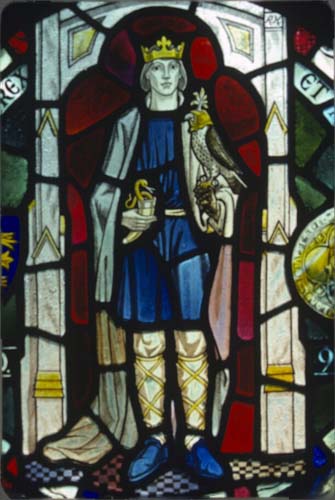 |
| St Edward the Martyr, stain glass image of the uncle of St Edward the Confessor |
Yielding to the entreaty of his nobles, he accepted as his consort the virtuous Editha, Earl Godwin's daughter. Having, however, made a vow of chastity, he first required her agreement to live with him only as a sister. As he could not leave his kingdom without injury to his people, the making of a pilgrimage to St Peter's tomb, to which he had bound himself, was commuted by the pope into the rebuilding at Westminster of St Peter's Abbey, the dedication of which took place but a week before his death, and in which he was buried.
St. Edward was the first King of England to touch for the "king's evil" (scrofula), many sufferers from the disease were cured by him. He was canonized by Pope Alexander III in 1161. His feast is kept on the 13th of October, his incorrupt and sweet-smelling body having been solemnly translated on that day in 1163 by St Thomas of Canterbury in the presence of King Henry II.
St Edward's Crown is one of the British Crown Jewels. It is the official coronation crown used exclusively in the coronation of a new monarch. It was made in 1661 for the coronation of the restored King Charles II, as the original crown was destroyed by order of the viciously anti-Catholic extreme Protestant republican, Oliver Cromwell, during the English Civil War.
The crown made for King Charles II is reputed to contain gold from the Crown of St Edward the Confessor.
St. Edward's Crown has been used as a symbol of royal authority since 1953 in the Commonwealth Realms, and can be seen on coats-of-arms.
St Edward the Confessor, pray for us!
This day is also the Feast day of Blessed Gerard the founder of the world's oldest order of chivalry, the Sovereign Military Hospitaller Order of Saint John of Jerusalem, of Rhodes, and of Malta, more commonly known as the Order of Malta, originally the Knights Hospitaller of St John of Jerusalem.
The Order has its origins in a hospice and confraternity in Jerusalem founded some time before the First Crusade (1099).
According to most accounts, this was undertaken with the financial assistance of some wealthy merchants of the Italian port city of Amalfi to aid European pilgrims to the Holy Land. (The Amalfitans still commemorate their support of the Order in an annual observance.) The original Christian hospice may have been founded as early as circa 1020.
The first rector of what was to become known as the "Order of the Hospital" was the Blessed Gerard. With his Bull of 15 February 1113, Pope Paschal II sanctioned the establishment of the Hospitallers' order, dedicated to its patron, Saint John the Baptist. The Pontiff placed the Order under the direct protection and ecclesiastical authority of the Holy See. Pope Callixtus and subsequent Pontiffs granted the Order additional privileges over the next century. Gerard himself died in 1120 but the work of the hospice, which at one point was said to house two thousand patients, continued and continues even today world-wide.
Blessed Gerard, pray for us!
The Miracle of the Sun at Fatima...
Today is also the anniversary of the last day of the apparitions at Fatima, Portugal and the day of the "miracle of the sun" when the sun "danced" before an astonished crowd which included unbelieving secularists who were converted by the miracle.


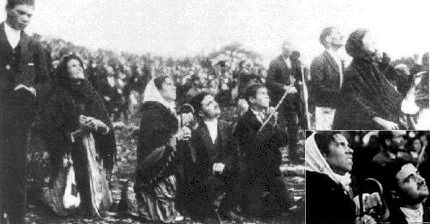







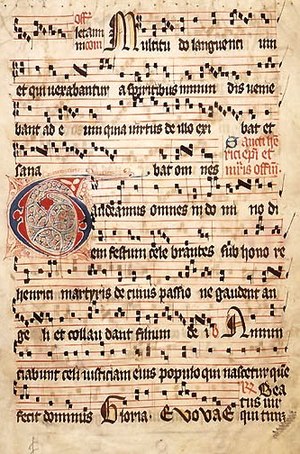

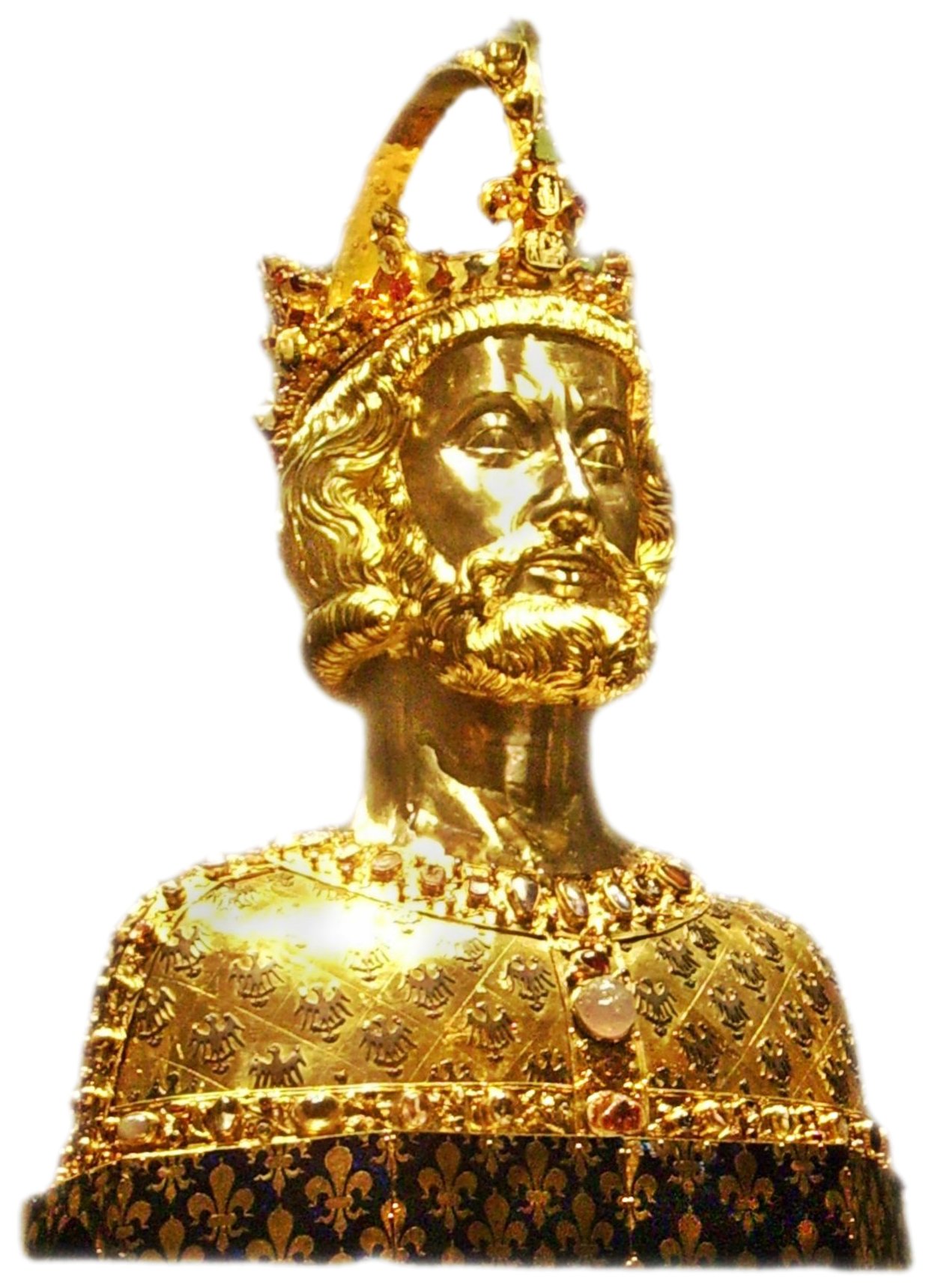



.jpg)


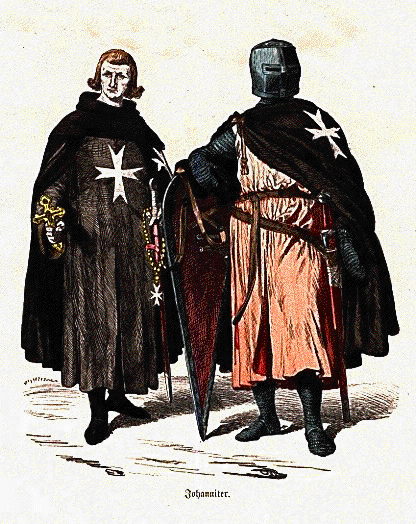

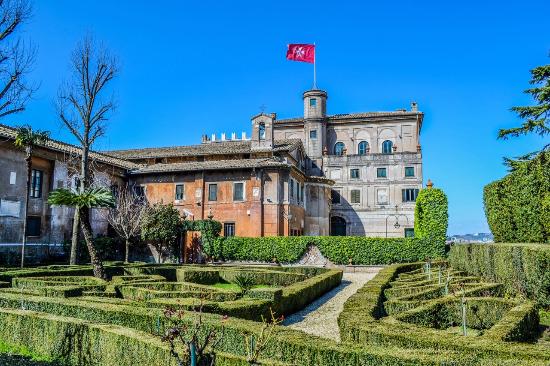


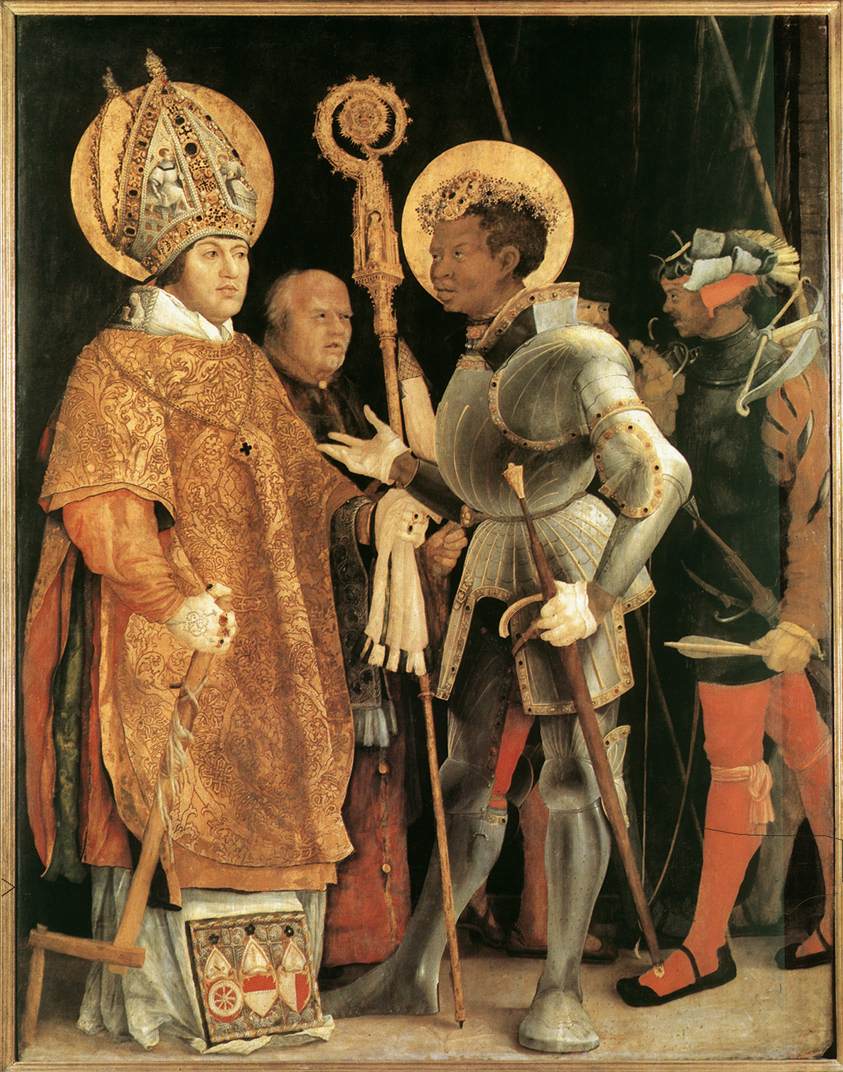
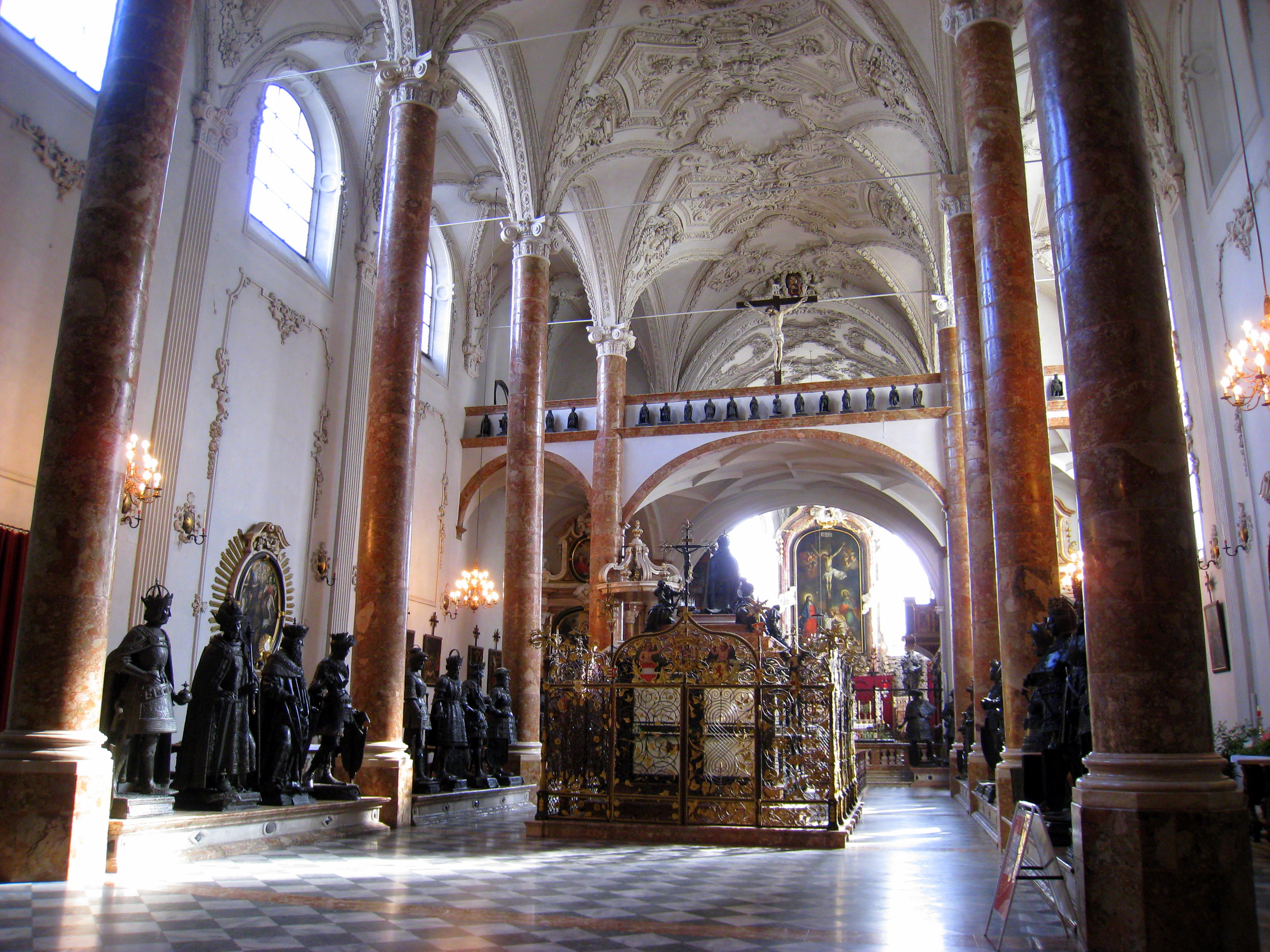


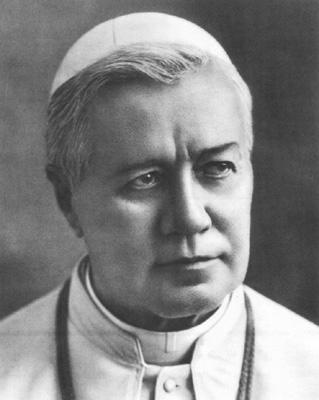






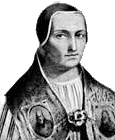







_-002.jpg/220px-Circle_of_Anton_Raphael_Mengs,_Henry_Benedict_Maria_Clement_Stuart,_Cardinal_York_(ca_1750)_-002.jpg)



7 comments:
Thank you for this interesting and informative post.
After visiting Exeter historical sites, I have a lot more appreciation for the Christian history of Britain than I once did. Simply beautiful.
Hi Tribunus
I have been a silent reader of your blog for a long time, and really enjoy it. I have a question for you regarding the Middle Age. As we know, most history book about this period portrays the peasant class as one perpetually oppressed by the ruling class and the cleric. I find this idea to be very problematic, but I could not find any book written about peasant lives during the Middle Age. Do you know any of them?
There is a pretty little church in Twin Falls, Idaho under the patronage of St. Edward the Confessor. The physical structure and furnishings have been relatively (though not completely) untouched by the stupidities of the "Spirit of Vatican II," and there is perpetual adoration there.
The Crown of St. Edward has to be immensely heavy. I was looking at pictures of Queen Elizabeth II wearing it on the day of her coronation and thinking what an act of submission and humility it had to be to bear all that weight and physical discomfort -- because it was her duty, and it was about something greater and deeper than her feelings at the moment.
Thanks umblepie!
Dear Knight,
Thanks for your enquiry. I can't name any off the top of my head but you are right that the majority of books on the subject talk colossal poppycock. You could perhaps start with William Cobbett's seminal "History of the Protestant Reformation in England and Ireland" to understand just how badly the peasants were hit by the Protestant Reformation.
Most books talk idle drivel about how the peasants lived "extremely hard and harsh" lives. Utter bilge! There many. many rich peasants who lived very opulent lives, as you will learn from Cobbett's book, but the economy was smashed by the greed of the super-rich during the Protestant Reformation.
Cobbett's book is a stinging indictment of the Protestant Reformation.
Welcome back, Anita! Nice to hear from you!
Post a Comment